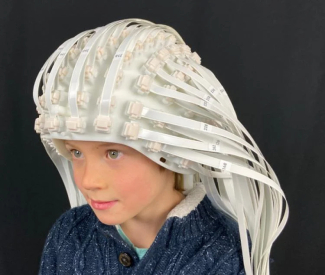More than 400 years later, scientists are in the midst of an equally-important revolution. They’re diving into a previously-hidden realm—far wilder than anything van Leeuwenhoek, known as the “father of microbiology,” could have imagined. Some researchers, like physicists Margaret Murnane and Henry Kapteyn, are exploring this world of even tinier things with microscopes that are many times more precise than the Dutch scientist’s. Others, like Jun Ye, are using lasers to cool clouds of atoms to just a millionth of a degree above absolute zero with the goal of collecting better measurements of natural phenomena.
“To borrow a phrase, we’re going where no one has gone before,” said quantum physicist Ye, a fellow at JILA, a joint research institute between CU Boulder and the U.S. National Institute of Standards and Technology (NIST).
To read the full article, click here.
Written by Dan Strain, University of Colorado Boulder Strategic Relations and Communications Writer




